Back to nature on Amelia Island
Words by Susanne Masters
Amelia Island’s edges shift constantly. Made of sand, and moved by waves, winds, and tides, its border with the sea is not static. Plants of the dunes and salt marsh hold on to sand and sediment, holding back the sea and shaping the island.
A barrier island on north-eastern Florida’s Atlantic Coast, Amelia Island has 13 miles of beautiful beaches and, as a strategic port with natural resources, successive communities have been drawn to live here.
Catching maritime bounty started with the island’s first people, the Timucua, who made sure to release the first catch to ensure there was always enough fish for another day, and Amelia Island’s current inhabitants continue with this ethos.
Loggerhead turtles are the most common species nesting here, but leather-back and green sea turtles lay their eggs here too.
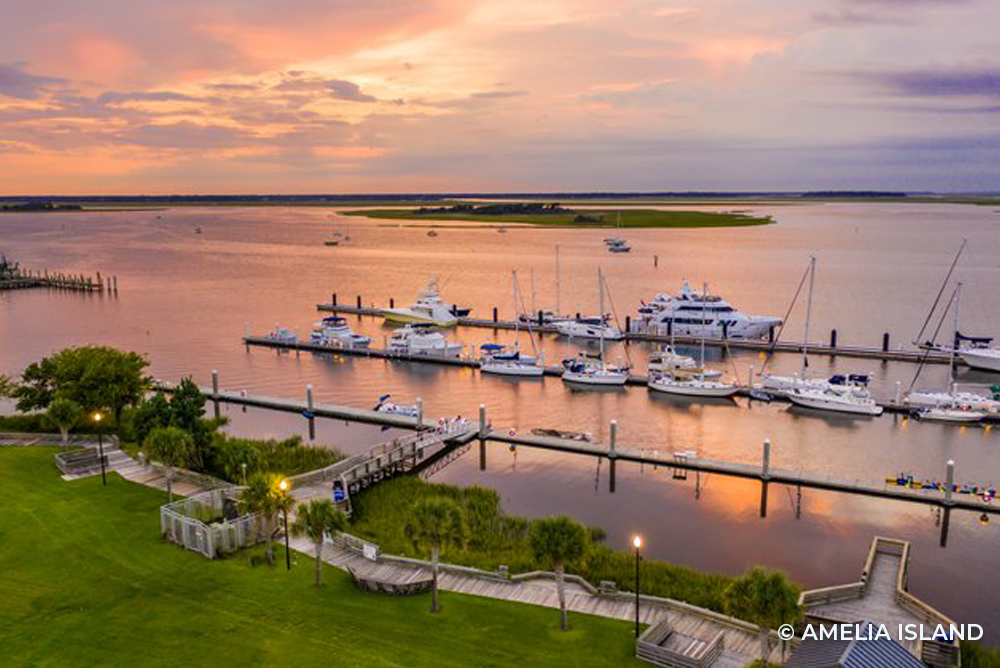
VIP Inhabitants
Visitors to Amelia Island are reminded to think about the mariners to whom beaches are vitally important: sea turtles. Loggerhead turtles are the most common species nesting here, but green sea and leather-back turtles lay their eggs on the island too. After hauling out of the sea, turtles shuffle ashore and dig holes in which to lay their eggs, before returning to the water.
Although the odds are against being on a beach at exactly the moment hatchlings emerge from their eggs, you can spot the tracks they leave across the sand – they look like an imprint from a wide and rugged tyre. In order to protect turtles, beachgoers are asked to not leave rubbish on the beach, to fill in holes dug in the sand, and knock down sand castles to leave flat sand. It’s also important that beach-front properties close their curtains to prevent artificial light from illuminating the beaches.
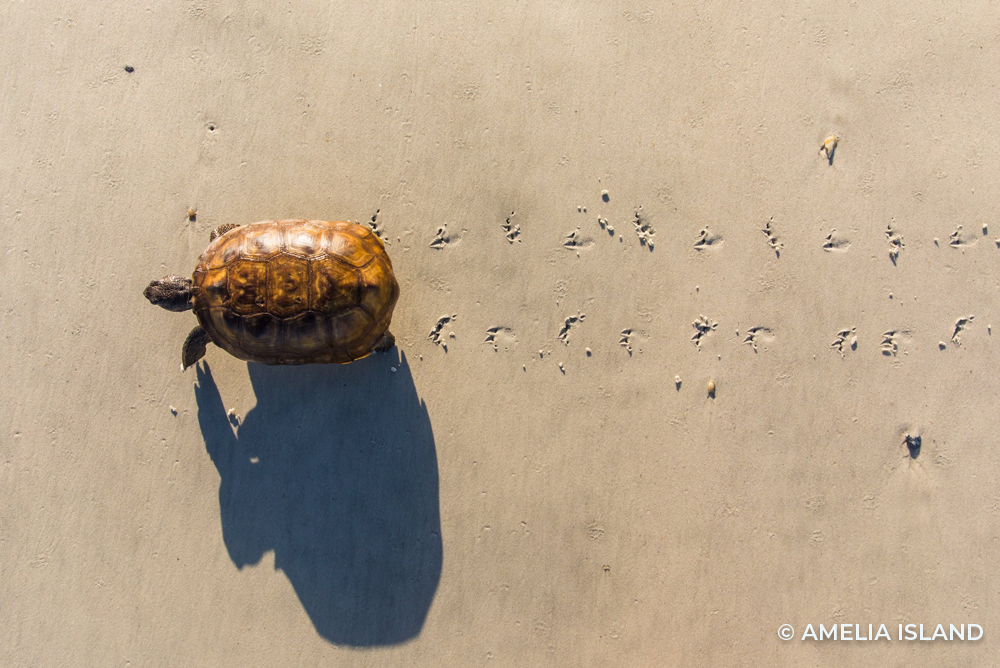


Beachcombers Unite
While being careful to avoid leaving traces on Amelia Island’s beaches, there is a treasure you can collect: fossilised shark teeth. Collecting vertebrate fossils (such as reptiles and fish) requires a permit, but these need none. St. Mary’s River, which divides Georgia and Florida empties into the Atlantic Ocean at the northern end of Amelia Islands and drops fossilised shark teeth on the beaches of Fort Clinch State Park – ready for beachcombers to find along the tide line.
Dunes are more than simply picturesque for scenic sunrise and sunset views, they dissipate waves generated by hurricanes. Just beyond the water’s edge, beach pennywort is one of the plants that can grow in the extreme environment of the dunes; it tolerates salty winds and stores water in its fleshy leaves. Sea oats stabilise dines with their deep taproots and lateral roots; their response to bing covered with sand is to grow. However, trampling by foot or driving over beach vegetation will damage it.
Being on holiday is a time to slow down, and one of the best ways to do that is to travel at the speed of cycling

On this island that is only two miles wide, you are never far from seeing the influence of the sea on the land.
Little NaNa dune at American Beach is part of the dune system that nurtures inland areas of Amelia Island. Its shelter allows large plants, such as Spanish bayonet yucca and saw palmetto, to become established and support dunes to grow higher. Tall ancient dunes then provide enough protection to the interior of the island for maritime forest to grow.
Underneath a canopy dominated by live oak, which is shaped by the wind, the understory of Amelia Island’s maritime forest it rich with shrubs such as sparkleberry, a large blueberry and beautyberry, with bright pink leaves. As much a part of Amelia Island as beach views, maritime forest provides a lush backdrop to the hiking trails that crisscross the island.
Being on holiday is a time to slow down, and one of the best ways to do that is to travel at the speed of cycling. Amelia Island has relatively flat terrain, which makes cycling easy and it’s recognised as a Bicycle Friendly Community by the League of American Bicyclists, meaning it has plenty of cycle-friendly infrastructure. On Amelia Island, this includes car-free bike trails that give close-up views of wild scenery.
Keeping it real on Amelia Island
The Timucua lived on Amelia Island for over 3,000 years – learn more about the First Peoples at the Museum of History.
It only takes 10 minutes to cycle from Fernandina Beach to the Fort Clinch State Park main entrance, so the whoile island is easy to cover with pedal power
Amelia Island State Park protects 230 acres of maritime forest, salt marsh, and beaches.
On Ash street in Fernandina Beach, the road divides around an old live oak tree, because in the 1890s Katherine MacDonnell Bailey, a pioneering conservationist, defended the tree from workers sent to cut it down for road expansion.
4 Faves in Amelia Island
Birdwatching
Paddle Egan's Creek
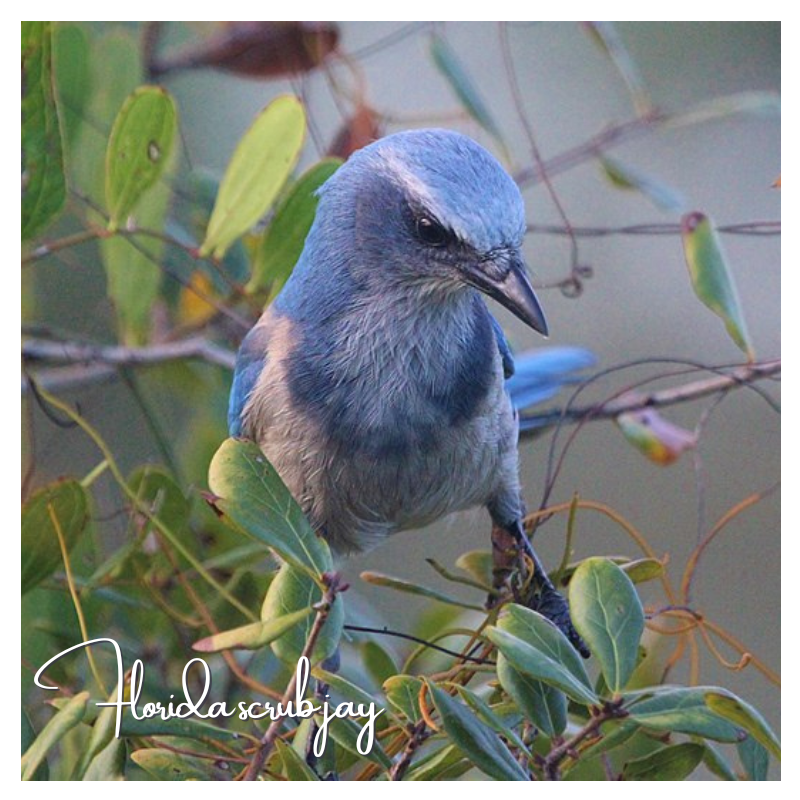
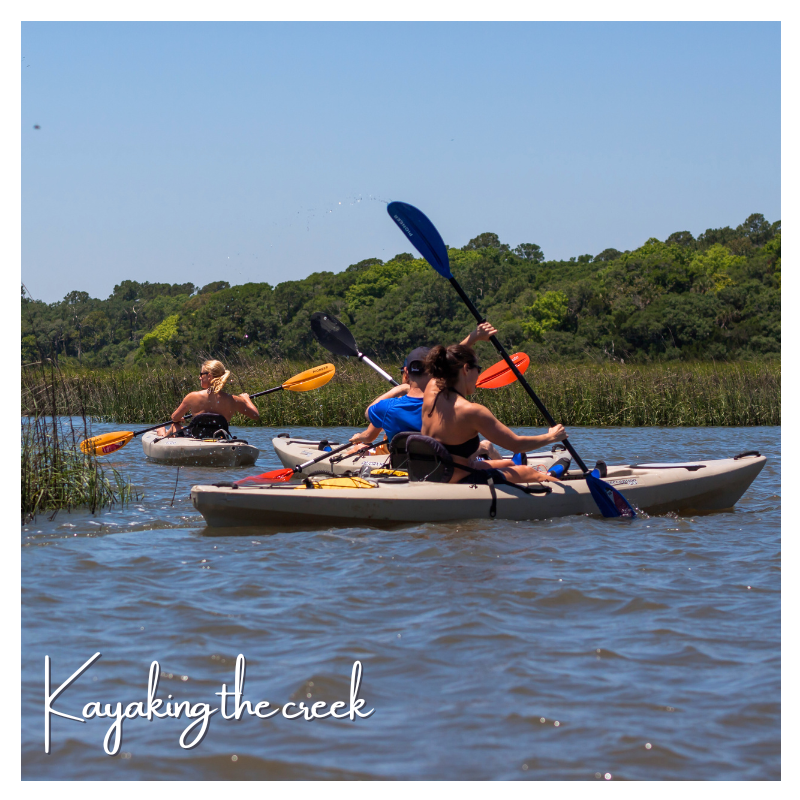
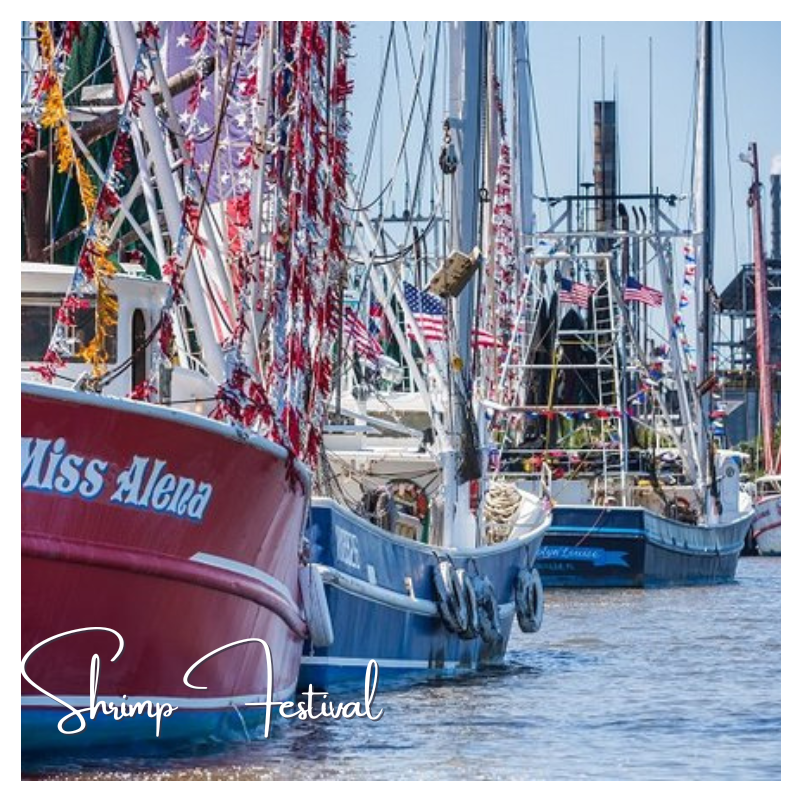
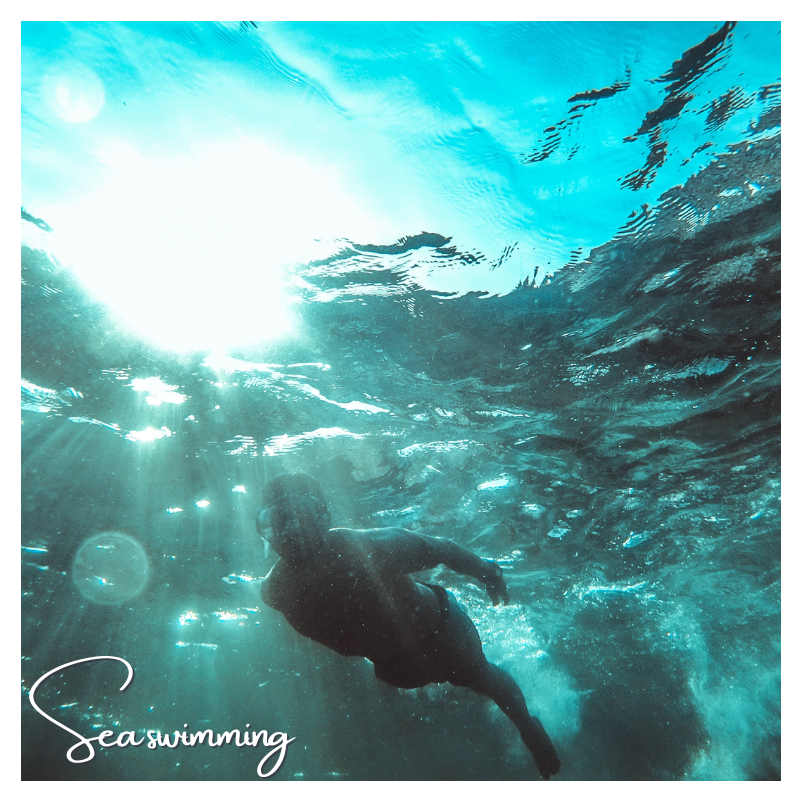
Get to know shrimps
Go for a sea swim
Want to find out more?
Read more from the Sustainable Florida supplement of Charitable Traveller, and find out more about the Sunshine State’s sustainability practices, or head to the Amelia Island page to find out more about sustainability in Amelia Island.

















 by net effect
by net effect